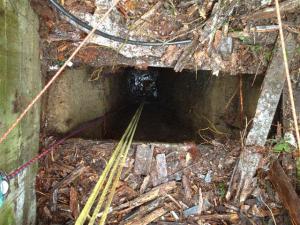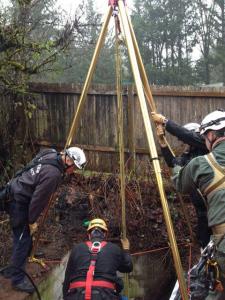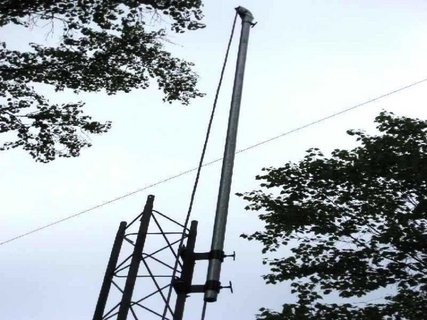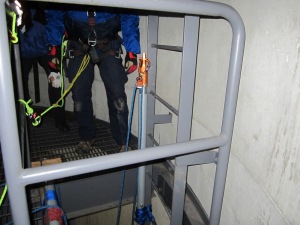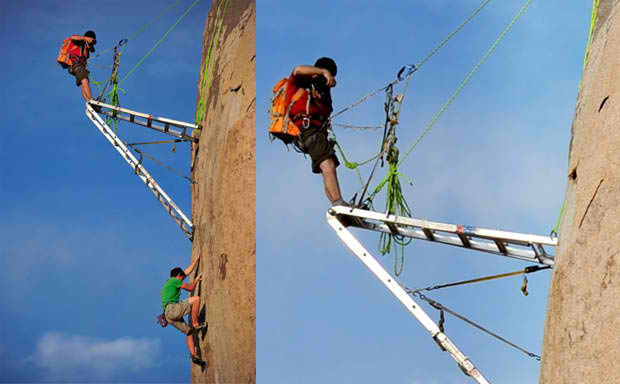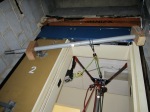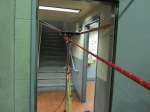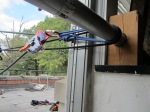Near Olympia, WA a man was rescued after falling approximately 30′ down a well into waist high standing water. Good heads up by the rescue team when they threw him a PFD to help keep him from drowning into water of an undetermined depth. Note also, the presence of well known volunteer Batt. Chief Andy Speier of the technical rescue team.
A local press release:
Shortly after 10:30 this morning, members of the Thurston County Special Operations Rescue Team (SORT) assisted Mason County Fire District #4 in the rescue of a man that had fallen into an abandoned well at a residence located in the 300 block of SE Arcadia Road near Shelton. According to Andy Speier, Battalion Chief with the McLane Black Lake Fire Department, the man was in the process of demolishing a shed and was standing on what he believed was a four foot deep sump when the earth gave way, plunging him 35 feet down the well into deep water. First responders from Mason County Fire District #4 and the Sheriff’s office were able to successfully lower a floatation device and protective clothing to the man who was treading water to stay afloat.
According to Speier, “With the rescue team in place, Lt. Mark Schreck of the Olympia Fire Department was lowered into the well to prepare the victim to be hoisted back to the surface”. “Once secured in a harness, the man was then hauled up and out of the well”. While the patient was wet and cold, he appeared to be uninjured from the fall.
Technical rescue trained firefighters from Mclane Black Lake, Olympia, East Olympia, Lacey and Tumwater Fire Departments assisted in the rescue.
[brightcove vid=2081848354001&exp3=836564316001&surl=http://c.brightcove.com/services&pubid=309144709001&pk=AQ~~,AAAAR_p154k~,Ay3i1IziTki8aMdGaY0jFtvV8ga6DiJN&w=615&h=392]
Thanks once again to Mike Forbes for the heads up on this.


